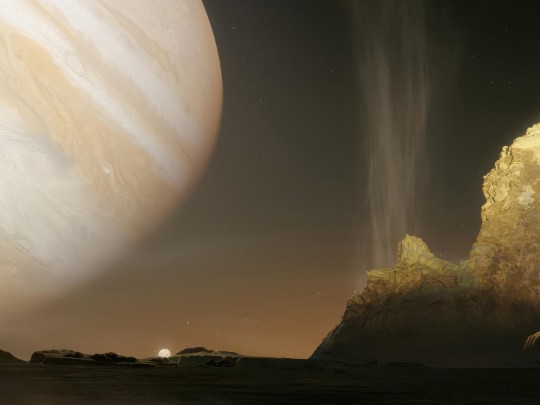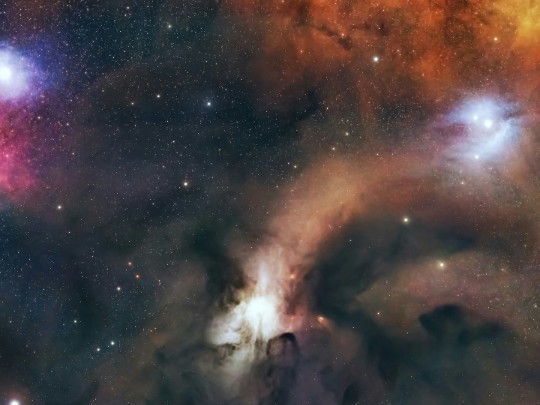Beyond Earth: Could Jupiter's Moons Harbor Life? A Robotic Explorer's Mission

For decades, the allure of Jupiter has captivated scientists and space enthusiasts alike. While landing on the gas giant itself remains an impossibility, its collection of moons—Europa, Ganymede, and Callisto—present an extraordinary opportunity to explore potentially habitable environments beyond Earth. Imagine a future where robotic explorers venture into these alien landscapes, searching for signs of life. Let's delve into the exciting possibilities of such a mission.
Europa: The Ocean World
Europa, with its smooth, icy surface, is arguably the most compelling target. Scientists believe a vast ocean lies beneath this frozen shell, warmed by tidal forces generated by Jupiter's immense gravity. A specialized rover, engineered to endure intense radiation and frigid temperatures, could be deployed to Europa's surface. Equipped with advanced ice-penetrating radar and sophisticated drills, this rover would aim to analyze the ice's composition and probe for evidence of hydrothermal vents – potential oases for microbial life.
The terrain encountered would be unlike anything on Earth. Picture expansive plains of ice, crisscrossed by fractures indicative of tectonic activity, and possibly dotted with cryovolcanoes spewing water and ammonia. The search for biosignatures in these environments would be a monumental scientific undertaking.
Ganymede & Callisto: Ancient Mysteries
Beyond Europa, Ganymede holds its own secrets. It is the largest moon in our solar system and the only one known to possess its own magnetic field, suggesting a complex internal structure and potentially a subsurface ocean. Callisto, in contrast, presents a heavily cratered surface—a testament to billions of years of bombardment and a window into the early history of the solar system. Exploring these moons would unveil valuable insights into the formation and evolution of Jupiter and its system.
The Quest for Life and the Future of Exploration
The data gathered by these robotic explorers would revolutionize our understanding of Jupiter and its moons. More importantly, it could provide groundbreaking answers to one of humanity's most profound questions: Are we alone in the universe? Even the discovery of simple microbial life on a moon of Jupiter would be a paradigm-shifting event, demonstrating that life can exist beyond Earth and expanding our understanding of the universe’s potential for habitability.
The challenges are immense—radiation shielding, extreme temperatures, and the sheer distance—but the potential rewards are even greater. The future of space exploration lies in these ambitious missions to the outer solar system, pushing the boundaries of human knowledge and inspiring future generations of scientists and explorers. The exploration of Jupiter's moons represents a bold step towards answering humanity’s biggest questions about our place in the cosmos.






